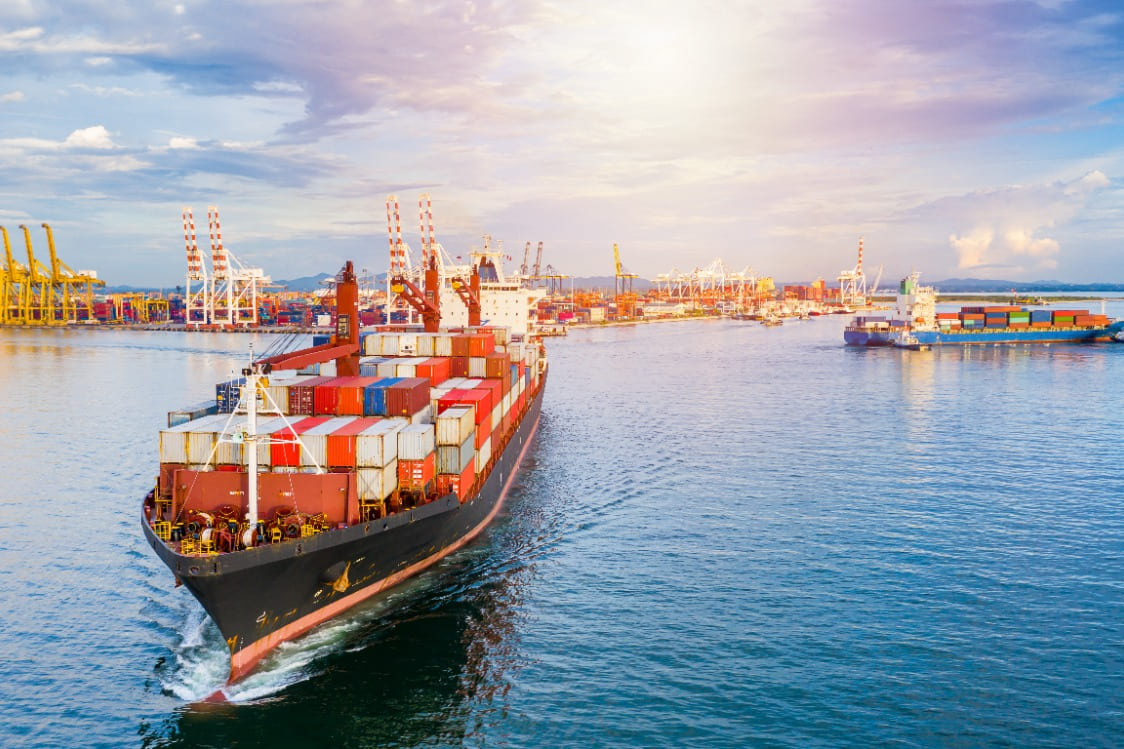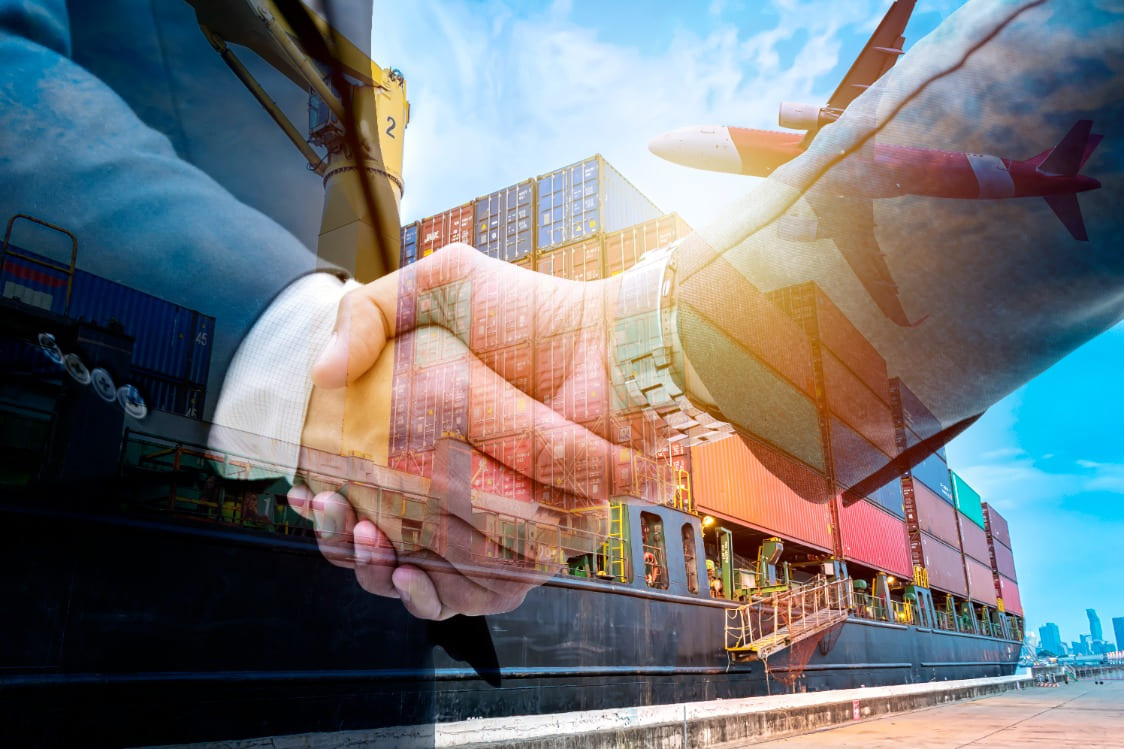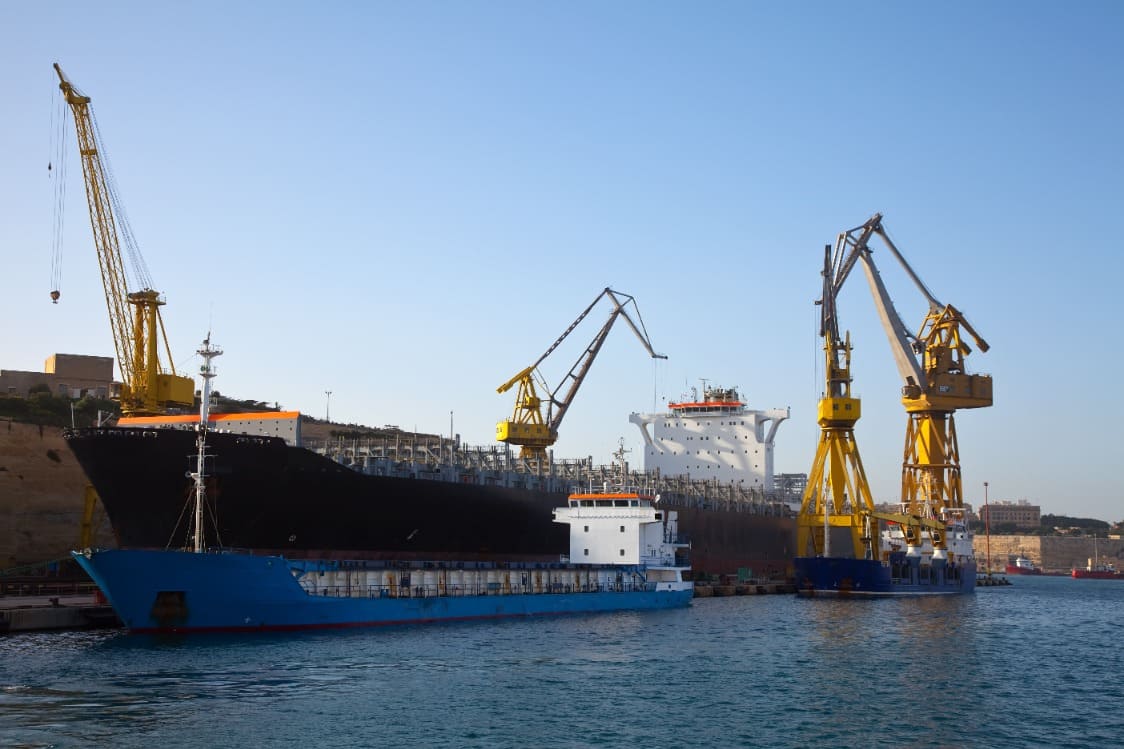The History and Future of Containerisation in Maritime Shipping
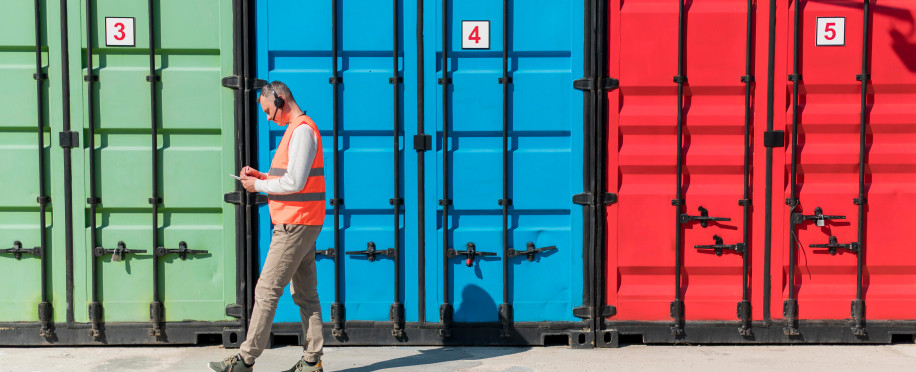
Posted on Apr 19, 2024 at 10:04 PM
Containerisation involves encapsulating freight within a container to separate it from the outside world and isolate any fragile product from the surrounding environment. This process is crucial for various industries as it ensures the safe transportation of goods, especially those that are sensitive to external factors.
In this article, we’ll review containerisation, from its past to its future.
The Birth of Containerisation
The idea of containerisation was abstracted somewhere in the mid-20th century, having appeared as a response to the unharmonized procedures of conventional cargo handling. The breakthrough was the introduction of the standardized shipping container, commonly called the intermodal container.
Malcolm McLean, a businessman from the American trucking industry, gets the credit for this innovation. His vision was to have a single portable method for moving goods via containers that's easily executable across multiple transportation systems.
In 1956, with the developers of his company Sea-Land Services, McLean was responsible for the first packaging and shipment of 58 containers loaded onto an oil tanker converted for freight shipping named Ideal X traveling from Newark port, New Jersey to Houston, Texas.
This event was a birthpoint of modern containerization. The new system also appeared efficient and secure resulting in a fast adoption rate by the shipping industry.
Containerisation is bundled with the concept of intermodal transportation, which runs on the principle of reducing dependencies on individual modes of transport by integrating different modes seamlessly.
Benefits of Containerization
With the introduction of containerization, the maritime shipping industry and global trading have received great advantages. Here are some essential advantages of containerisation:
Increased Efficiency and portability
The usage of standard containers made it possible to expedite and streamline the dealing of cargo packages. Containers can be seamlessly loaded with components, unloaded, and transferred from various platforms such as ships, trucks, and trains.
This created a considerable time saving and enhanced the overall supply chain alignment due to standardized operations.
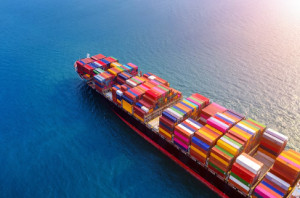
Enhanced Security
To facilitate the transfer of goods, containers combined with safe anchoring techniques offered a way to preserve their integrity and allow protection from tampering, especially
In addition to that, containers are sealed and isolated as a package, this isolation protects cargo from perpetrations of theft, physical damage, and adverse weather conditions provides cargo security during shipment, and ensures the integrity of the shipment.
Cost Savings
Containerization eliminated a lot of intermediate handling costs both on the part of containerization companies and owners of goods which resulted in substantial savings for the shipping business. The capacity of these vessels to transport larger numbers of units while reducing transportation cost per unit, made larger-scale trade more affordable for businesses of all sizes.
Standardization and Interoperability
Standard containers brought about a common language for the shipping industry. All containers have the same dimensions, which makes it easy to plug and play in the intermodal operations.
Also, they can fill conveniently and stack easily on ships, trains, and trucks. So, this common system also made the procedures and the documents easier to facilitate and manage.
The Future of Containerisation
The future of containerization is notable by the continuous promotion of ideas and improvements that target efficiencies in the shipping process and the challenges of approaching problems. Here are some key applications that will shape the future of containerization:
Automation and Digitalization
The maritime sector is committed to integrating automation and virtualization into its practices to enhance operations and boost productivity.
According to Terminals Safe Practices Courses, automation terminals or blockchain-based solutions are only examples of technology becoming a key player in the flatness of processes and the reduction in human error.
Sustainability and Eco-friendly Practices
With the world focused on sustainability, shipping industry experts are exploring ecological practices. Attempts are underway to minimize the carbon footprint of cargo transportation, for instance, the application of clean fuels, computing optimal route planning through machines to minimize emissions, as well as environmentally friendly container development.
Intelligent Containers
The influence of the Internet of Things (IoT) on the evolution of smart containers and their instrumentation with sensors and tracking devices is making such a transfer possible. Such smart containers are equipped with devices that collect real-time information (location, temperature, humidity, etc.) and allow us to figure out cargo conditions and transportation processes more efficiently. Moreover, cloud or virtual software programs will provide a way for customers to track their shipments while transporting them virtually
Multi-modal Integration
As of late, with the call for quicker delivery, multi-model integration is getting much more vital. The coordination between all kinds of transportation methods, like ships, trucks, and drones, will make the delivery process move almost seamlessly and will also enhance the overall customer experience.
In summary,
Containerisation has become the most reliably used type of transporting goods, keeping them safe and sound across all environments. However, this technique requires further knowledge to keep it up and running and withhold the virtualisation of all technology, so get ahead of the curve and start operating the containers of the future!

